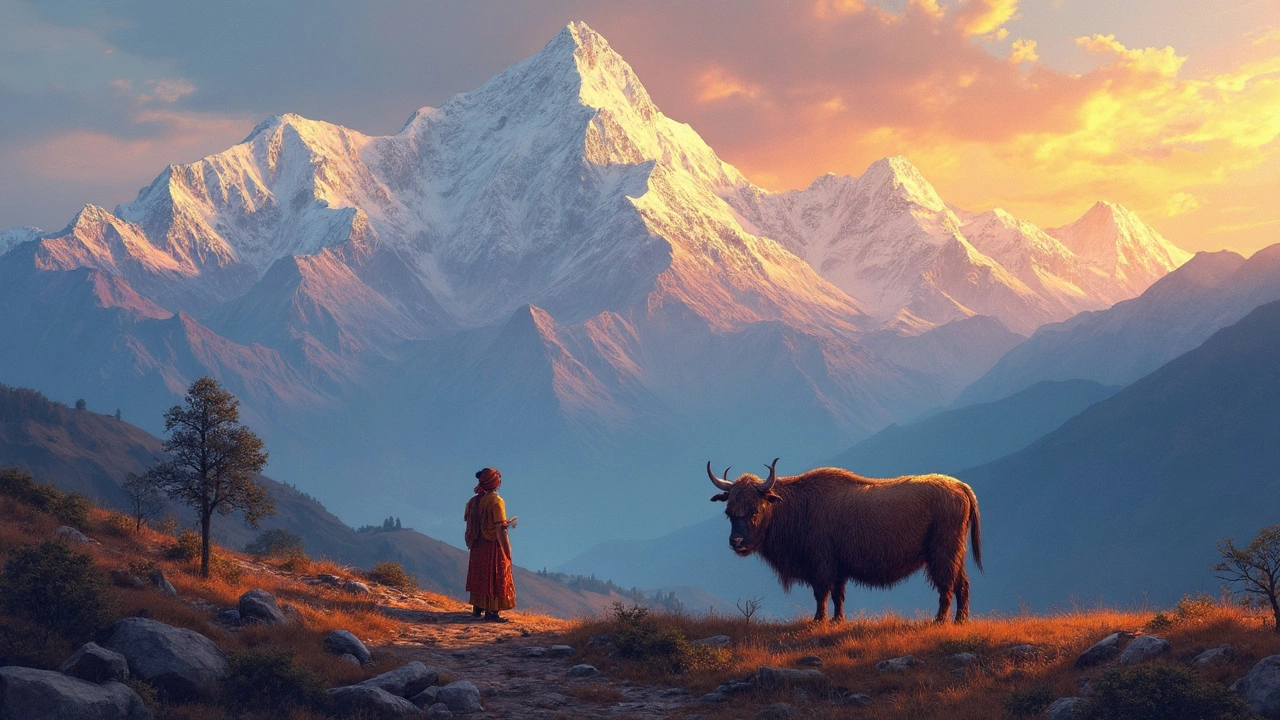Natural Heritage of India – What It Means and Why You Should Care
When you hear “natural heritage,” think of the places that shaped our planet and our culture. In India, this means towering mountains, dense forests, crystal lakes, and coastal wonders that have been recognized by UNESCO. These sites aren’t just pretty pictures; they protect wildlife, preserve history, and offer adventure for anyone willing to step out of the city.
Top Natural Heritage Sites You Can Visit
One of the most popular lists is the 7 Natural Heritage Sites of India. From the icy glaciers of the Himalayas to the coastal mangroves of Sundarbans, each spot has its own story. For example, the Great Himalayan National Park is a sanctuary for snow leopards and rare plants, while Keoladeo National Park is a bird‑watcher’s heaven with thousands of migratory birds passing through each year. These sites are spread across the country, so you can plan a road trip that covers different climates and cultures.
If you love water, don’t miss Valley of Flowers in Uttarakhand. It bursts into color every monsoon, turning the landscape into a living carpet of blooms. And for desert fans, Rann of Kutch offers a surreal white salt desert that looks like a giant mirror during full moon nights. Each place offers easy entry points, local guides, and basic facilities, so you don’t need to be an expert trekker to enjoy them.
How to Make the Most of Your Visit
First, check the best season. Most parks have restricted access during monsoon to protect the environment, so plan ahead. Second, respect local customs – many sites are near tribal villages, and their traditions matter. Carry a reusable water bottle, wear breathable clothing, and pack a small first‑aid kit. Third, consider a guided tour. Guides know secret trails, wildlife spotting tricks, and can explain the cultural significance of each site.
Don’t forget to explore the smaller gems mentioned in other articles on this tag. For instance, the article on "Oldest Folk Music in India" talks about how villages near natural heritage sites keep ancient songs alive. Pair a nature hike with a cultural experience, and you’ll get a deeper connection to the land.
Traveling responsibly also means leaving no trace. Stick to marked paths, avoid picking plants, and never feed wildlife. These simple actions help preserve the sites for future generations.
Finally, keep an eye on the “What Makes India Unique” post for insights on how natural heritage blends with food, festivals, and art. A sunrise over a mountain can be followed by a local breakfast of steaming idlis, giving you a full taste of India’s richness.
Ready to start your adventure? Pick a site from the list, book a stay nearby, and set out with an open mind. India’s natural heritage is waiting, and each visit adds a new chapter to your own story.
